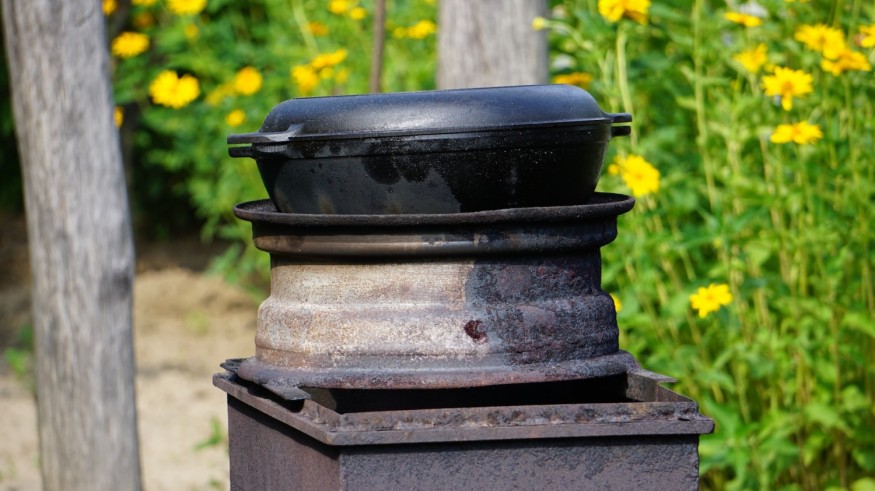An ancient cauldron discovered in the Caucasus region revealed what our human ancestors ate 5,000 years ago. This is according to a new study by an international team of scientists, including from Switzerland, Russia, the United Kingdom, and the United States. The researchers analyzed food residues left behind from ancient cooking cauldrons unearthed from burial sites in the region, which lies between the Caspian Sea and the Black Sea.
While archaeological and anthropological evidence suggests that ancient human civilizations can eat not only raw food but also cooked meat, the exact meals our ancestors ate have been unknown for a long time. Now, a recent study confirms that the Bronze Age food consumed by Homo sapiens include primary and secondary animal products, potentially prepared in a form of a stew, according to the authors.
Ancient Cauldron

In the study published in the journal iScience on Thursday, August 24, researchers discovered 5000-year-old cooking cauldrons in the Caucasus region, containing blood, milk, and muscle likely from a cooked soup. The said blood and milk from ruminant animals. The copper-alloy material of the vessels provided an extended preservation of the organic residues.
Prior to the findings, the research team acknowledged that large metal and metal-alloy cauldrons were first recorded in the western parts of the Caucasus during the Maykop period between 3700 and 2900 BCE. However, the specific type of foods and beverages cooked from the cauldrons during this ancient time remained a mystery.
Bronze Age Food
The Bronze Age food discovered by the researchers were identified through proteomic analysis from nine residues inside copper-alloy cauldrons hidden in Maykop burial contexts. The said blood, muscle, and milk proteins collected came from domesticated and potentially wild ruminants, according to the iScience study.
Some of the earliest evidence of Bronze Age food dates back to prehistoric Britain, about 4000 BC, where domestic animals and plants arrived in the country as part of a widespread agriculture across Europe at that time, according to the website of the English Heritage organization.
The Bronze Age was a period in human history when we first started to use metals, including bronze-based tools and weapons. The period replaced the primitive use of stones as part of the day-to-day- lives of our ancestors. According to experts, the ancient Sumerians in the Middle East could be the first people to enter the Bronze Age.
The utilization of metals came as humans started to smelt copper as early as 6000 BC in an area known as the Fertile Crescent, often called the "cradle of civilization." However, this relatively technological advancement was also recorded in other regions worldwide. For instance, different civilizations, including the ancient Greeks, worked with the said metal prior to 3000 BC. This is evident based on the weapons used by Greek warriors, including the popular metal shields used by Spartans during their war with the Persians.
Related Article : Tooth Decay in Ancient Humans Linked with Starchy Food
© 2025 NatureWorldNews.com All rights reserved. Do not reproduce without permission.





